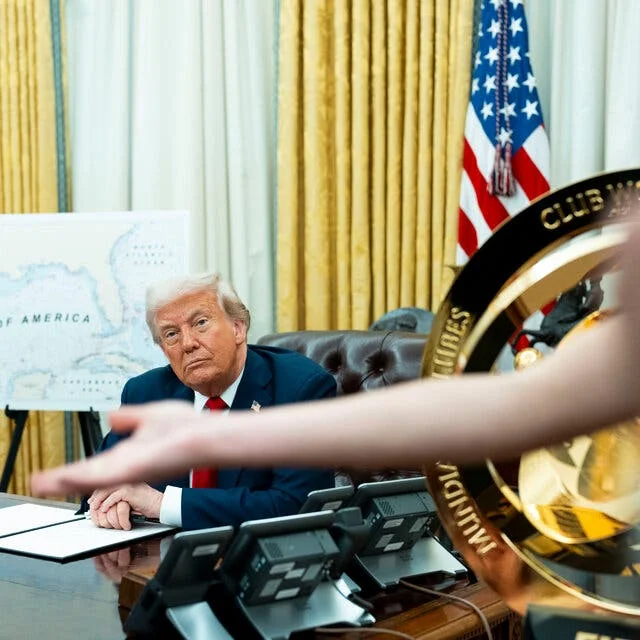
Trump’s 20% ‘Liberation Day’ Tariff Proposal Shakes Stock Market
Former President Donald Trump's recent proposal to implement a 20% 'Liberation Day' tariff on all imports has sent ripples through the U.S. stock market, causing significant fluctuations in stock prices. The announcement, made on what Trump referred to as 'Liberation Day,' aimed to reduce the trade deficit and boost domestic production. However, financial analysts are divided on the potential economic impacts of such a policy.
Stock markets reacted swiftly, with major indices experiencing a sharp decline due to fears of increased costs for businesses and consumers. The tariff proposal has sparked a heated debate among economists, with some arguing it could lead to retaliatory measures from trade partners, potentially escalating into a broader trade war.
Politically, the move is seen by Trump's supporters as a bold step towards economic independence, resonating with his voter base. Critics, however, warn of the risks to the global economy and question the feasibility of such a drastic tariff without causing significant economic disruption.
Related issues news
Do other countries charge the United States tariffs?
A number of other countries have introduced their own tariffs on goods imported from the US. These will make US products more expensive, and are bolstering fears of a global trade war which could create problems for economies worldwide. China has introduced a 10-15% tax on some US agricultural goods.
When do auto tariffs go into effect?
Mr. Trump said last week that he would impose 25 percent tariffs on imported vehicles, effective Thursday. The tariffs will be extended to imported auto parts on May 3. Many cars made in U.S. factories contain parts made abroad, frequently exceeding 50 percent of the vehicle's value.
When did Trump's tariffs take effect?
On April 2, a day Trump nicknamed 'Liberation Day', Trump is expected to announce a 'reciprocal tariff' policy, the details of which are not yet clear. On April 3, a 25% tariff on all imported automobiles and auto parts will go into effect.
Who tariffs the United States?
Only the federal government could set tariff rates (customs), so the old system of separate state rates disappeared.